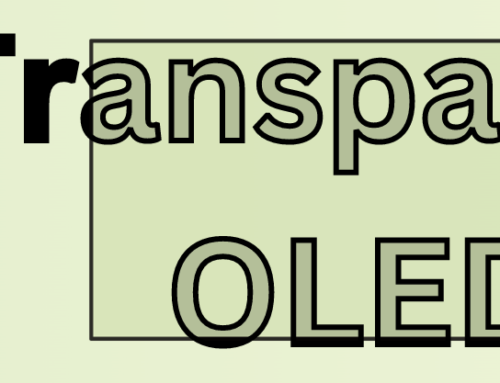Reading Time: 4 Minutes –
Now that Halloween is over and the festivities have come to a close…for now, we decided now is as good a time as any to begin our weekly product highlights blog. However, we didn’t want our blog posts to turn into a list of specs with a link pointing to the product page. We already have that; it’s called the product page. So instead, we decided that each blog post will also encompass a topic in regard to said display. So without further ado, this week’s topic and product highlight is about the lack of interest in commercial panoramic displays.
Panoramic Displays
With a few exceptions, it seems that more and more of our fellow manufacturers are beginning to drop small-sized panoramic displays from their product lineups. There’s no doubt that panoramic displays are unlike any other commercial display, featuring unique aspect ratios and resolutions. It also engages viewers like no other displays in many locations where standard signage doesn’t fit. I still believe that panoramic displays have yet to hit their stride, and show incredible promise in both digital and retail signage markets here in the United States. However, with all of the other options available for signage, panoramic displays seem be struggling to impress digital signage shoppers. In my efforts to figure out why that might be the case, I compiled the following list to help explain the “fear” of choosing panoramic displays.
“Bigger is better”
Or is it? It seems especially true in the United States that we’re always pushing for the latest, greatest, and biggest advancements possible. Every year new models of commercial displays come out that drive the boundaries of size further and further. Which is fine – I’m not complaining, but panoramic displays often fill a role smaller than their commercial display counterparts. This is due to their distinctive aspect ratio, which allows them to be just as wide as other monitors of their size, but half as tall. While this makes panoramic displays perfect for small spaces, it also means that custom content must be created, which leads to the next point on the list.
Content
“Content is king” seems like a truism at this point but still bears repeating. Good content and creative use of an AV design is paramount when it comes to the importance of creating a memorable user experience. One issue that panoramic displays face is the creation of accommodating content. There is nothing inherently wrong with choosing to use a panoramic display, however, when it comes down to resources, it’s always going to be easier to generate content for 16:9 commercial displays (which is the standard almost everywhere). Does this mean panoramic displays are obsolete? Absolutely not, as long as you have the right mix of resources, creativity, and imagination to make it work. This will require thinking outside the 16:9 box. Your mileage regarding additional time, money, and other resources for developing such content may vary as well, which leads my next point, familiarity.
Familiarity
Familiarity plays a huge role in our lives. Whether you realize it or not, you’re making unconscious decisions that favor the familiar on a daily basis. Whether it be parking in the same spot outside your office or taking lunch at the same time every day; the same principle can be applied to designers who are creating AV solutions and are only comfortable using what their familiar with. On the other hand, you also have end-users who are putting in requests for AV solutions similar to what they’ve seen in the past, or what they imagine an AV design to look like. There’s nothing wrong with favoring one solution over another because you have the empirical data to support it. But it’s also risky to assume that because X solution worked when you put it into location “YZ” to create the “XYZ” experience, that the same user experience can be created by using X in location “CD”; effectively creating an XCD experience, when you really needed the BCD experience. So don’t be afraid to try something new, somebody needs to pave the way, why not you?
Final Thoughts
Bigger is not always better for grabbing a viewer’s attention, don’t be afraid to experiment with tailoring content to the display and/or user, and don’t be afraid of the unknown. There was probably a time when you weren’t certain about the products that you truly believe in now, the only difference between products you like and products you don’t (assuming the same functionality) is familiarity and empirical data. And finally, if you’re feeling inspired to learn more about our panoramic displays, then click here for a full list of details and specifications.
See you next week!





